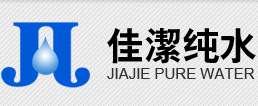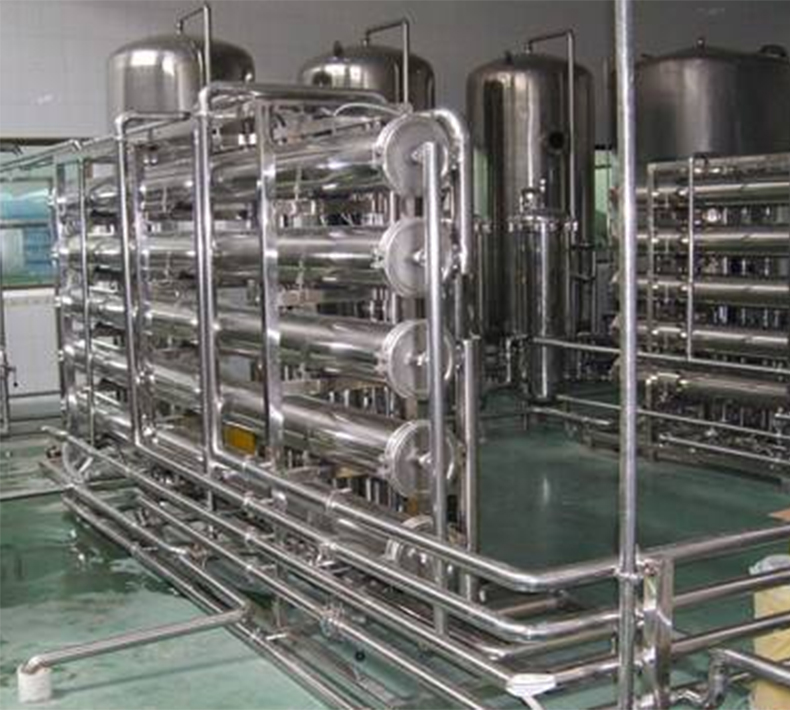The membrane must be regularly cleaned to maintain a certain membrane flux and extend its lifespan. The washing method is determined based on the properties of the membrane and the treatment solution. The main cleaning methods are as follows.
1. Backflush is a common cleaning method, which can effectively remove gel layer and membrane pollution. Reverse flushing is the use of gas or liquid to flush the reverse side of the membrane, thereby flushing out pollutants from the membrane pores and restoring membrane flux. During the backwashing process, if the membrane surface is flushed simultaneously, the cleaning effect can be improved. Hollow fiber components can be backwashed.
2. Negative pressure cleaning is the process of using a certain amount of vacuum suction to create negative pressure on the surface of the membrane, in order to remove pollutants from both the surface and inside of the membrane. The study by Wu Guangxia et al. on treating medicinal wine with hollow fiber membrane showed that the negative pressure cleaning method is superior to the countercurrent cleaning and low-pressure high flow rate cleaning methods.
3. Mechanical cleaning, such as tubular components, can be carried out using sponge balls for mechanical cleaning.
4. Chemical cleaning Chemical cleaning is a commonly used cleaning method. When using chemical cleaning, the appropriate cleaning solution formula should be selected based on the properties of pollutants and the properties of the membrane itself. The precipitation formed by inorganic salts on the membrane surface can be dissolved by chelating agents such as EDTA or acids or bases; Ionic solubilizers can be used for electrocoating materials, and bridging solvents can be used for water-soluble organic coatings; Protein precipitation in the food industry can be achieved using enzyme solvents or alkaline descaling agents based on phosphates and silicates.
5. Ultrasonic cleaning: Qiu Yunren et al. used ultrasonic cleaning technology to treat the modified PVA ultrafiltration membrane of oily emulsified wastewater. After treatment at a certain frequency for 3-5 minutes, the flux was restored.
In practical operation, it is usually necessary to use two cleaning methods simultaneously, such as Wu Guangxia and others using negative pressure cleaning and alkaline cleaning to clean the polypropylene wax roll ultrafiltration membrane components. In addition, disinfection treatment is also required for the food industry and the preparation of backup membranes for high-purity water.
In order to improve the anti fouling ability of ultrafiltration membranes, people often modify membrane materials or membrane surfaces for certain treatment systems. The main methods are as follows.
1. Surface modification of the membrane Chen et al. used anionic surfactants to pretreat the ultrafiltration membrane during protein ultrafiltration, reducing the flux attenuation caused by pollution. This is because the addition of anionic surfactants alters the electrostatic interaction between proteins and membrane surfaces, reducing protein deposition. Hamza et al. added different macromolecules into the membrane solution as surface modifiers when preparing polysulfate ultrafiltration membrane, prepared modified polysulfate ultrafiltration membrane by phase inversion method, and used it to treat O/W oil-bearing emulsified wastewater. The results showed that the modified polysulfate ultrafiltration membrane had better performance than the unmodified membrane, and the resistance of gel layer on the surface of the modified membrane was relatively reduced.
2. A composite separation membrane was developed by grafting vinyl pyrrolidone onto the surface of oxidized ceramic membranes, and a ceramic polymer (CSP) anti fouling ultrafiltration membrane was prepared. The membrane pore size was reduced by 25% to 28%, and it was used to treat O/W type oily emulsions, improving the retention rate of emulsified oil and effectively reducing the deposition of pollutants on the membrane.
3. Preparation of Blended Membrane Blending is usually to overcome the shortcomings of a certain material in a certain performance, and to add one or more substances to prepare a membrane with better comprehensive performance. The preparation of blended membranes is currently one of the hot research topics for membrane scientists. Hao Jihua et al. developed a blend ultrafiltration membrane of chloromethylated/quaternized polyalum and polyvinylidene fluoride, which was used in cathodic electrophoretic paint ultrafiltration systems with good anti pollution performance.
In addition, the anti fouling ability of the ultrafiltration membrane can also be improved by strengthening the filtration operation, such as introducing gas phase to slow down particle deposition, introducing electric field and ultrasonic field to enhance the filtration process.
专业水处理的疑难问题,产品选型问题,可以单击下面的微信二维码电话联系贺工在线指导,长按微信二维码可自动识别添加贺工微信沟通解决您的疑难问题


 简体中文
简体中文 Vietnamese
Vietnamese Persian
Persian 繁体中文
繁体中文 Albanian
Albanian Irish
Irish Arabic
Arabic